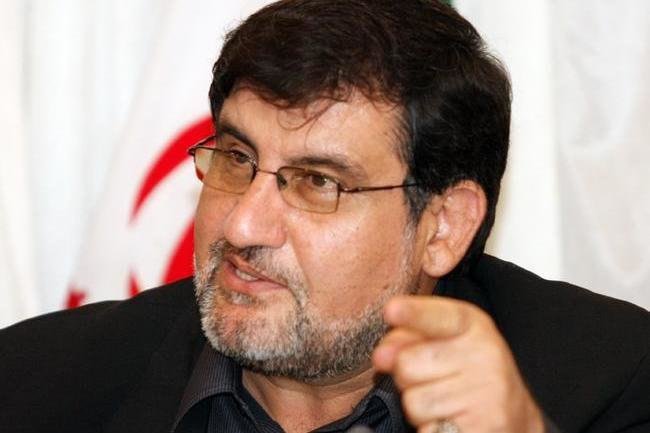Tehran earthquake preparedness ‘woefully low, unacceptable’, official warns

TEHRAN — Earthquake preparedness in the city of Tehran is woefully ‘low’ and ‘unacceptable’, Ismail Najjar, head of the state-run National Disaster Management Organization said on Thursday.
Tehran is perched between no less than three major fault-lines. The Mosha, the Tehran, and the Rey fault lines are each on their own enough to bring down a city if they get active.
“Tehran’s earthquake would endanger the national security,” Najjar warned, stating, “Nowadays with the advancement of science, prevention and preparedness measures for earthquake is within reach, so Tehran’s extreme vulnerability to earthquake is unacceptable.”
Mentioning the shortcomings in construction sector, poorly monitored construction projects, and lack of skilled manpower, Najjar suggested that measures to retrofit old buildings and constructing disaster resistance building especially hospitals and schools must be taken immediately, ISNA reported.
Disaster management must become a matter of concern both for the public and the government and must be appreciated at a cross-sectoral level, he highlighted.
“Disaster management must be reinforced in the country,” he emphasized.
The recent tragic magnitude 7.3 earthquake of western province of Kermanshah has once again rehashed the worries over the impending earthquake which might struck the capital of Iran, with a population of 9 million, sooner or later.
The Iranian plateau is subject to most types of tectonic activity, including active folding, faulting and volcanic eruptions. It is well known for its long history of disastrous earthquake activity. Not only have these earthquakes killed thousands, but they have also led to waste of valuable natural resources. Since 1990, at least 65,000 fatalities have resulted from earthquakes in Iran.
MQ/MG
